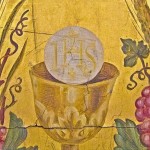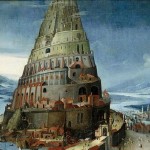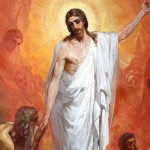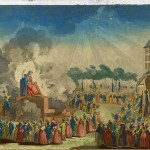
Writing really is a process of discovery, a form of thinking. You don’t know what you’ll end up writing until you actually sit down and write it.
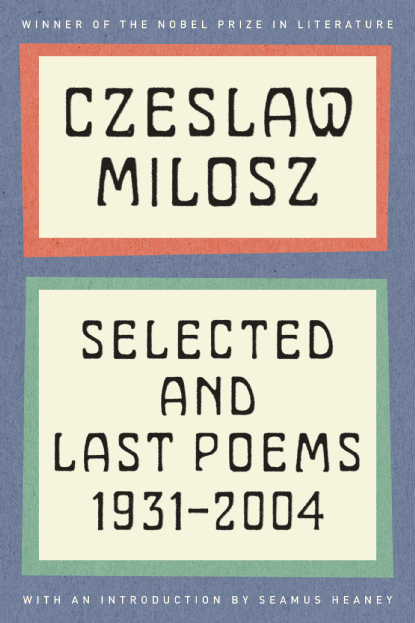
My frantic Czeslaw Milosz dissertation writing reminded me of this once more last night, around midnight. I got so amped up that I was taking apart our dehumidifier (trying to fix it) at one in the morning. Admittedly, that didn’t go so well.
Right now I’m rifling through the earliest poems written by Czeslaw Milosz. I’m presently working on “The Sun” and its frankly Thomistic foundations. Actually, I keep finding the Dumb Ox hiding in Milosz’s poetry all the time. Here’s the Milosz poem:
“All colors come from the sun. And it does not have
Any particular color, for it contains them all.
And the whole Earth is like a poem
While the sun above represents the artist.
Whoever wants to paint the variegated world
Let him never looks straight up at the sun
Or he will lose the memory of things he has seen.
Only burning tears will stay in his eyes.
Let him kneel down, lower his face to the grass,
And look at light reflected by the ground.
There he will find everything we have lost:
The stars and the roses, the dusks and the dawns.”
How great is this? I remembered that the sun is an old Christian symbol for Christ. I looked into George Ferguson’s indispensable classic Signs & Symbols in Christian Art to make sure I didn’t miss anything. Here’s what I found to my surprise:
“The sun is symbolic of Christ, this interpretation being based on the prophecy of Malachi 4:2: ‘But unto you that fear my name shall the Sun of righteousness arise with healing in his wings.’ The sun and moon are used as attributes of the Virgin Mary, referring to the ‘woman clothed with the sun, and the moon under her feet’ (Revelation 12:1). The sun and moon are often represented in scenes of the Crucifixion to indicate the sorrow of all creation at the death of Christ. St. Thomas Aquinas is sometimes depicted with a sun on his breast [like here].”

I honestly couldn’t have made up anything that would have lined up with my own intentions more than that last sentence!
Kevin Mongrain’s The Systematic Thought of Hans Urs von Balthasar was the final great discovery of the night. Mongrain quotes a passage in von Balthasar’s Origen: Spirit and Fire that mirrors the profoundly incarnational logic of the last three lines from the Milosz poem above (“Let him kneel down, lower his face to the grass, / And look at light reflected by the ground. / There he will find everything we have lost”).
Here is the passage. Let the metaphor and its implications linger in your mind:
“[The Incarnation is like] a wave of the sea which, rushing up on the flat beach, runs out, even thinner and more transparent, and does not return to its source but sinks into the sand and disappears.”


